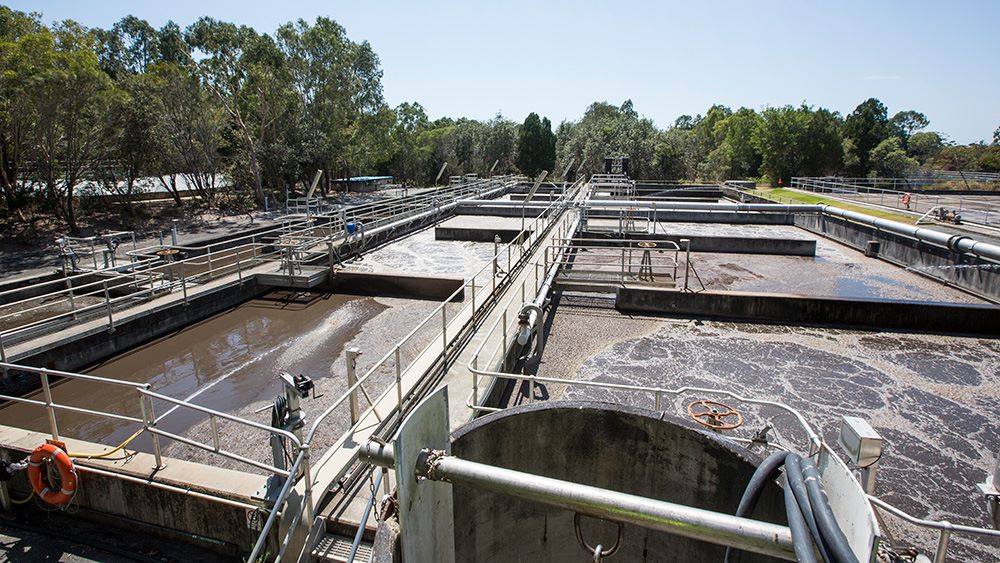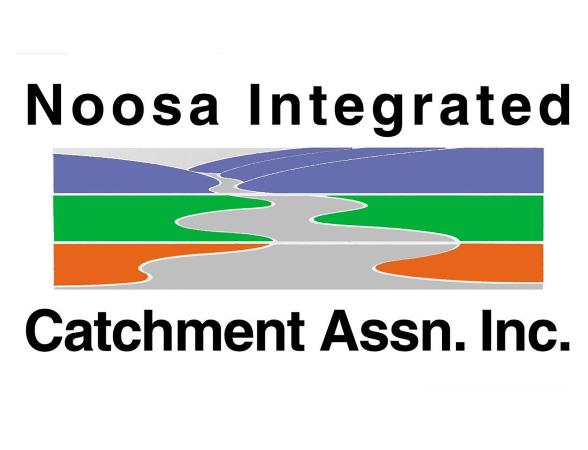
Mondays With NICA returned in October with a tour of the dark side of Noosa as around 20 people gathered at the Noosa Wastewater Treatment Plant to learn more about the way our wastewater is treated.
SUEZ Water & Treatment Solutions Australia secured the 25-year contract to design, build and operate the plant in 1997 and have since been operating it on behalf of Unitywater. In 2015 the plant underwent an upgrade to increase the inlet daily capacity by an extra 6 million litres and enhancing the screen and grit removal process.
Plant Manager Michael O’Connell was our tour guide, and he knows the plant inside out. Along with his team of three, they receive all the sewage pumped in the Noosa Catchment from Marcus Beach in the south and just past Tewantin.
A number of pump stations ensure that all the wastewater from our showers, baths, sinks and toilets end up in this location discreetly perched in between the Noosa Men’s Shed, Girraween Sports Field, Noosa Waters golf course and the Girraween area of the Noosa National Park.
The sewage enters the plant inlet at the top of the site allowing gravity to feed the water through all the different treatment processes.
First stop is grit screens where bigger items like nappies and wet wipes get caught and removed to landfill.
The plant then relies on a biological process where microorganisms in the water break down the nasties in a bioreactor after which it goes through secondary clarifiers, sand filters and, finally, ultraviolet light. The final product, called sludge, has agricultural benefit because it contains valuable phosphorus and nitrogen. This is currently trucked to the Darling Downs region as a valuable commodity to farmers.
The treated water discharges near the Girraween sports grounds.
The plant can manage a lot of water so even when there are spikes in wastewater, it all goes through the treatment process instead of bypassing the system as it is often done at other treatment plants.
During the peak of the holidays, the plant can receive up to 12 Megalitres of sewage per day but during COVID the number has dropped significantly to about 8.8 ML per day, making it a balancing act to keep the plant running as it should.
Michael said that although this was older technology, it was a good plant and the water that was discharged meets the high discharge quality and recycled water requirements.
The signs along the creek, especially in the areas closer to the outlet to sea, warn people to stay out of the water because treated sewage is released upstream. The water released from the plant is very clean and becomes increasingly polluted as it catches runoff from the Sunrise Beach suburb and turns brown from the tea tree tannin on the way to the ocean.
As residents, I think it’s important to be informed and to have an interest in the way our wastewater is managed. There were some open questions especially in terms of efficiencies, e.g.
- Why does the phosphorus containing waste sludge get driven all the way to Darling Downs region to fertilise fields there? Could we not use it in the shire?
- Are these transport emissions accounted for in Noosa Council’s zero emissions plan?
- Could better public awareness of what not to flush down the loo prevent household plastics like fruit stickers, earbuds and the like clogging up machinery and increasing maintenance costs? Unitywater already has advice on their website, but it may need to be distributed more widely?
- If the water that is discharged from the creek is already of high quality, why are we not using it to irrigate more sports fields and other parks?
- Unitywater has a Participation Agreement with three councils: the Moreton Bay Regional Council, Sunshine Coast Regional Council and Noosa Shire Council, and these councils receive returns from Unitywater paid out of Unitywater’s net profits. Why would profits not go back into the business to improve treatment plants and other water and wastewater infrastructure?
At the tour we handed out copies of Jenifer Simpson’s book, From Waste-d-Water to Pure Water. Jenifer, a Sunshine Coast local, is a strong advocate for water recycling, rightly pointing out that the only source of water due to increase along with population is wastewater. Making better use of the water we already have should be a priority and recycling wastewater will be crucial in our efforts to move to the circular economy.
Thanks to all those who attended the tour – it was great to see such a big turnout of residents interested in learning more about where our wastewater ends up and how it affects the natural environment.
For those interested to learn more, the qldwater Essential Webinar series has a couple of recordings of presentations on this topic including one from Unitywater on efforts to reduce the cost of biosolid disposal and instead turning biosolids into products.
Logan City Council is also recovering syngas from biosolids and using it to run biosolid dried to deliver biochar.
Stay informed and keep talking to your elected representatives to ensure that no water is wasted. It’s just too precious.




















































